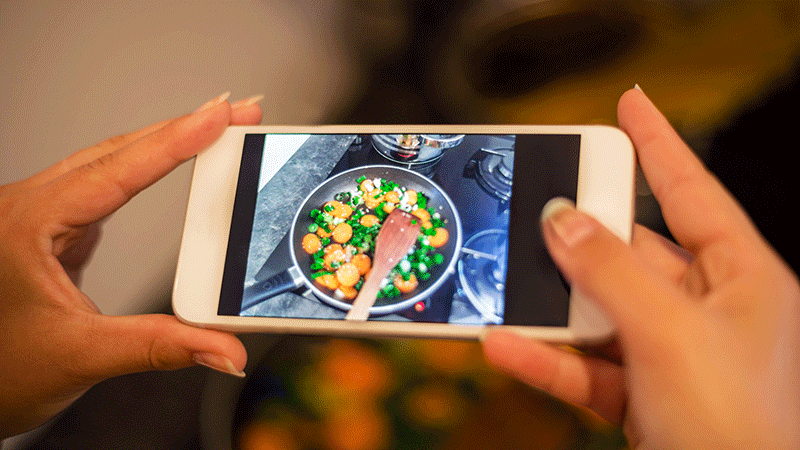Keeping a Food Diary: Tracking What You Eat and Drink

Keeping a log of what you eat and drink shows your daily and weekly intake in a snapshot. Some research shows that people who kept food records had greater weight loss success than people who didn’t track what they ate. Food tracking can help you identify healthy habits, such as choosing nutritious snacks, as well as those that need improving, such as drinking too many sugary drinks.
First, think about your health goals and then write them down. Are you trying to:
- Lose weight?
- Cut back on sodium?
- Reduce your cholesterol?
- Lower your blood pressure?
Next, set up a food diary.
- Write down what you eat and drink on paper, keep notes on your computer or digital device or use a food tracking website or app.
- Track what you ate, the times you ate and portion sizes.
- Add notes about what you were doing while you were eating. Working? Watching TV? Also include how you were feeling at the time. Hungry? Stressed?
- Depending on your health goals, include the amount of nutrients, such as calories, sodium, saturated fat and/or fiber, you are tracking.
At the end of each week, review and analyze your food diary.
- Are you meeting your goal?
- Do you see any patterns or triggers that are barriers to your goals? For example, maybe you notice you crave a snack in the afternoons and head for the vending machine.
- Can you think of ways to break this pattern or remove the trigger? You could pack healthy snacks at home, such as unsalted plain nuts or unsweetened dried fruit, and leave them in your desk. Or bring portable fruit, such as grapes, an apple or a banana, with your lunch. By doing this on a regular basis, you are creating a new, healthy habit.
- Once you identify the obstacles, you can focus on ways to overcome them. But remember, start small. You can’t tackle them all at once.






